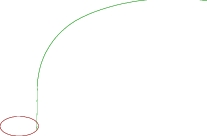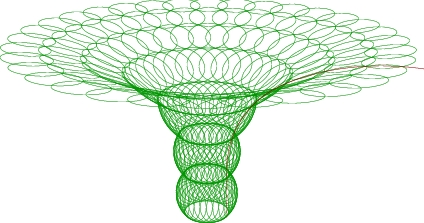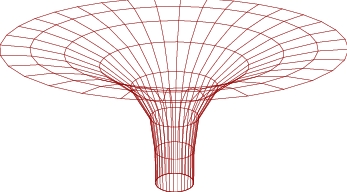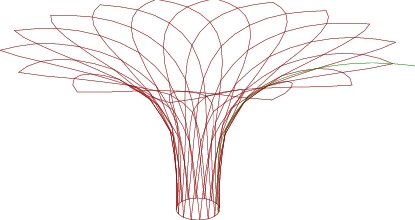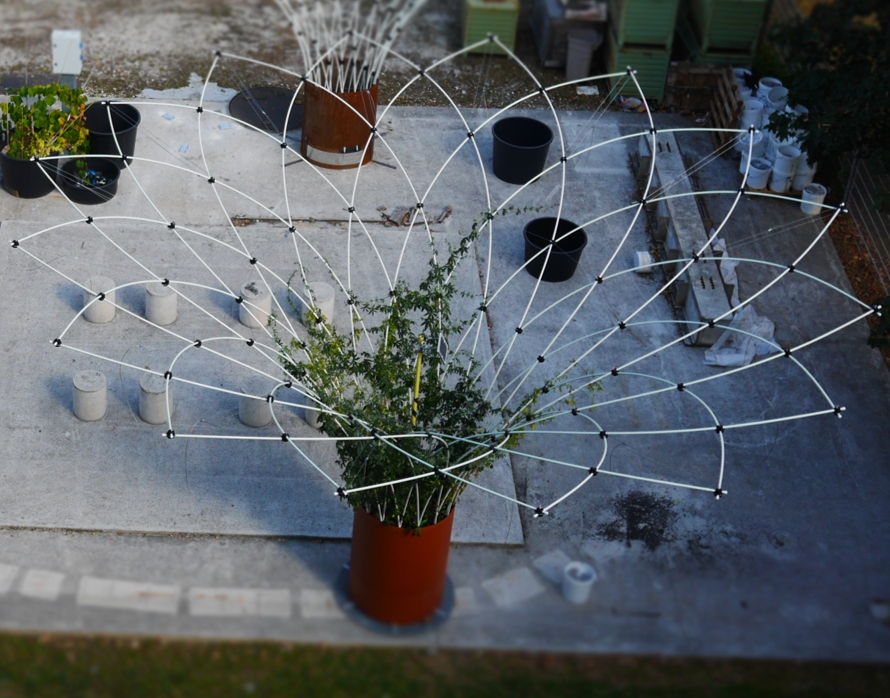
@ENPC – Jan. 2020 – J. Cravero, JF Caron
Corolle is an elastic gridshell in composite materials supporting diverse climbing plants. It is part of a research project that aims to evaluate the effects of vegetation upon heat islands and outdoor thermal comfort in urban areas (Cravero et al. 2019). The structure had to be lightweight, so that three load cells at its base could continuously monitor the amount of water evaporated by the plants.
Facts and figures
- Dimensions closed: height 8 m, diameter (at base) 1 m
- Dimensions open: height 4.5 m, diameter (at top) 8 m
- Weight: 110 kg (gridshell) + 400 kg (steel pot, substrate and vegetation)
- Profile: GFRP circular section $\emptyset$18 mm
- Total length of composite rods: 224 m
- Number of connections: 128
- List of people involved: J. Cravero, J.F. Caron, F. Tayeb, R. Mesnil, O. Baverel, C. Douthe
- List of partners: Urban Canopee, ARaymond, HM\&Co
Description of design strategy
The geometry of the gridshell is obtained by iterating three steps: creating a isoradial mesh (Douthe et al. 2017) from two guiding curves to derive a Chebyshev net; performing a dynamic relaxation of the previous geometry, using the mechanical properties of glass-fiber reinforced polymer (GFRP) beams; checking the structural response of the structure to various loading cases.
To erect the gridshell, rods are first assembled every meter by clipping connections, thus forming a flat grid which is then closed into a cylinder. Bottom connections are fixed to a metal frame and top connections are pulled towards the ground with ropes until the desired shape is reached. Then, steel cables are used punctually to brace the gridshell and ropes are removed. The connections are designed to let the rods rotate freely along their longitudinal axis. Since the rods are initially straight and have equal principal moments of inertia, this free-rotation condition at the nodes and the supports ensures that they are not subjected to torsional stresses. The stress level in the rods in the final equilibrium shape is capped at 25\% of their limit stress to minimize creep and comply with recommendations for long-term mechanical performance of GFRP rods in actively-bent structures.
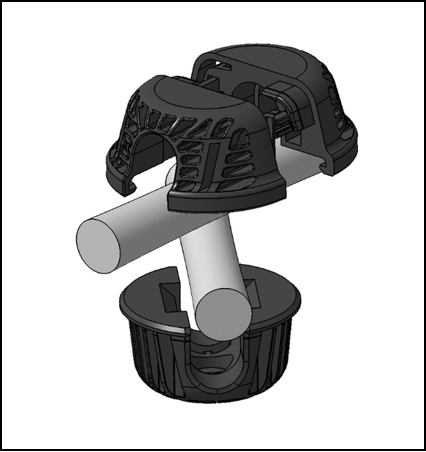
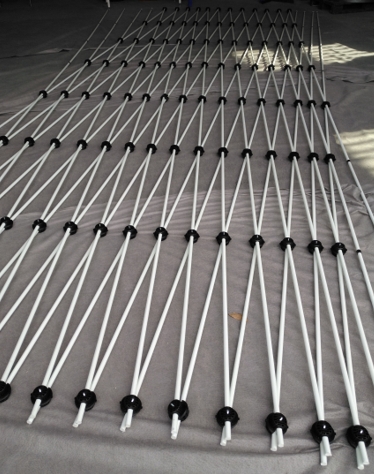
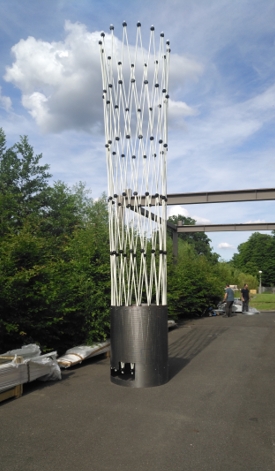
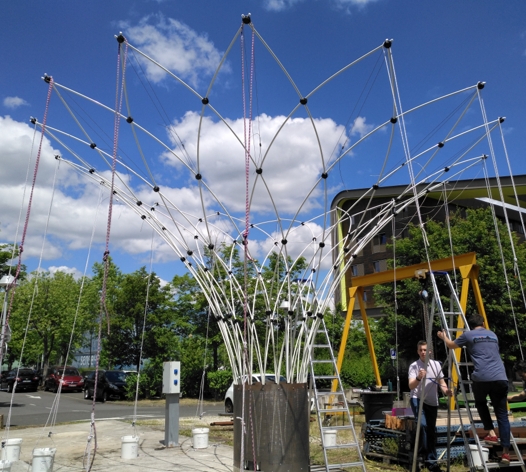
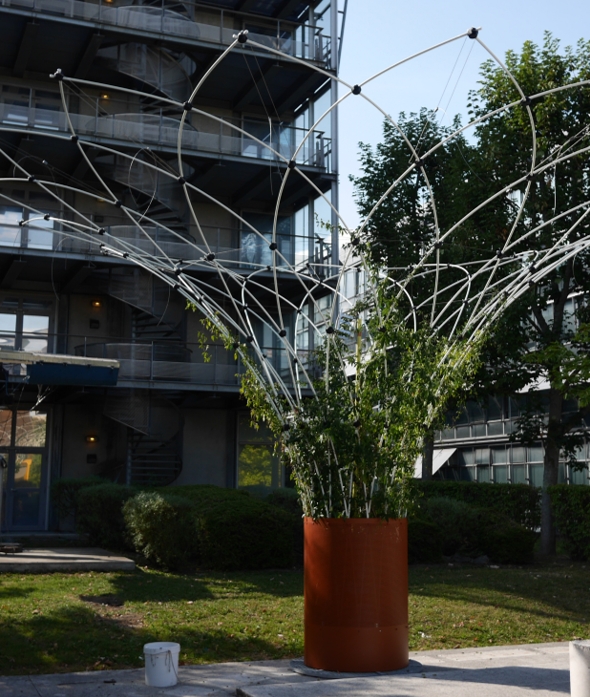
Relevant references
Cravero, J., A. Feraille, P.-A. Versini, J.-F. Caron, I. Tchiguirinskaia, and O. Baverel (2019). Sustainable design of vegetated structures: Building freshness. In IOP
Conference Series – Earth and Environmental Science, Volume 323.
Mesnil, R., Douthe, C., Baverel, O., & Léger, B. (2018). Morphogenesis of surfaces with planar lines of curvature and application to architectural design. Automation in Construction, 95, 129-141.

